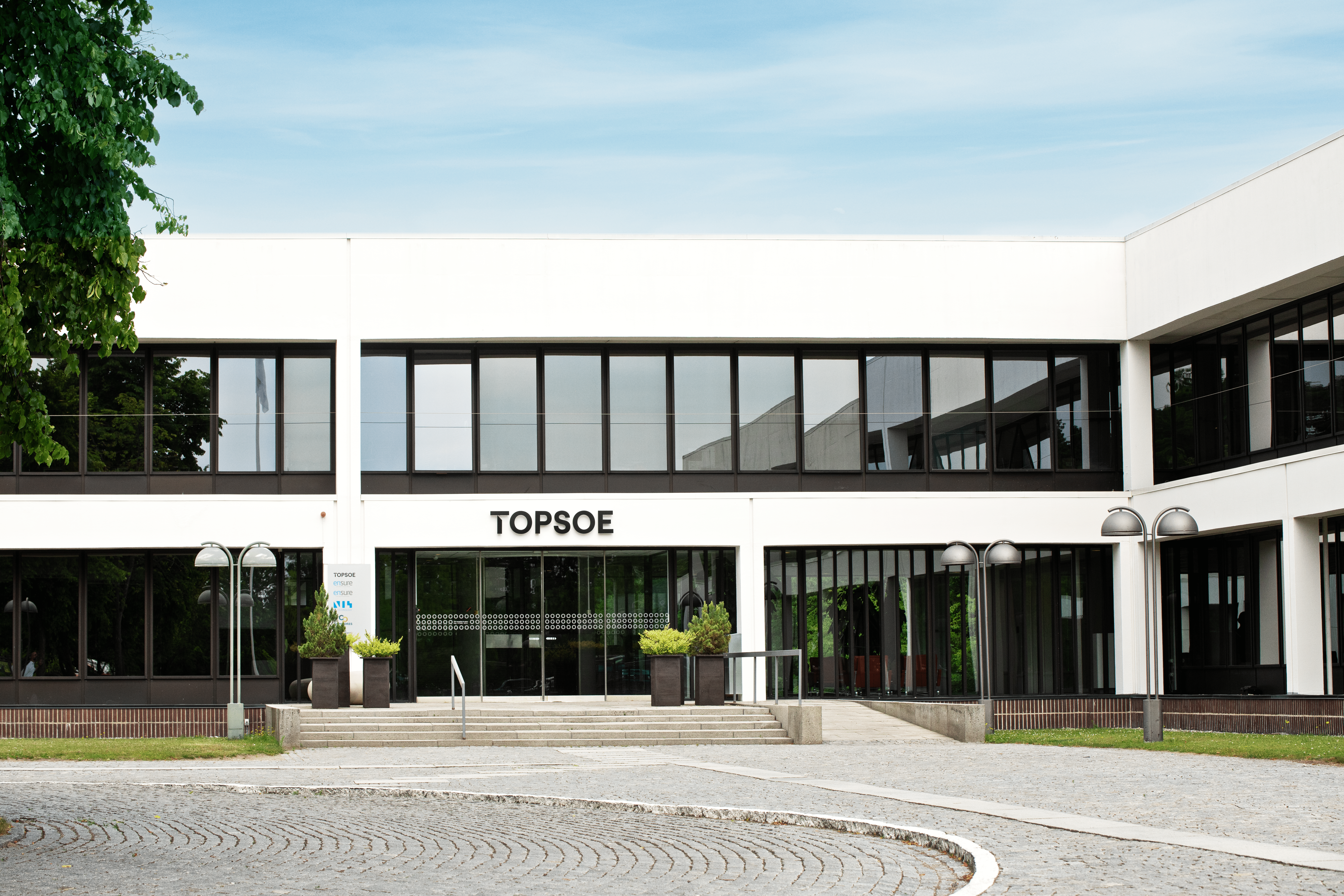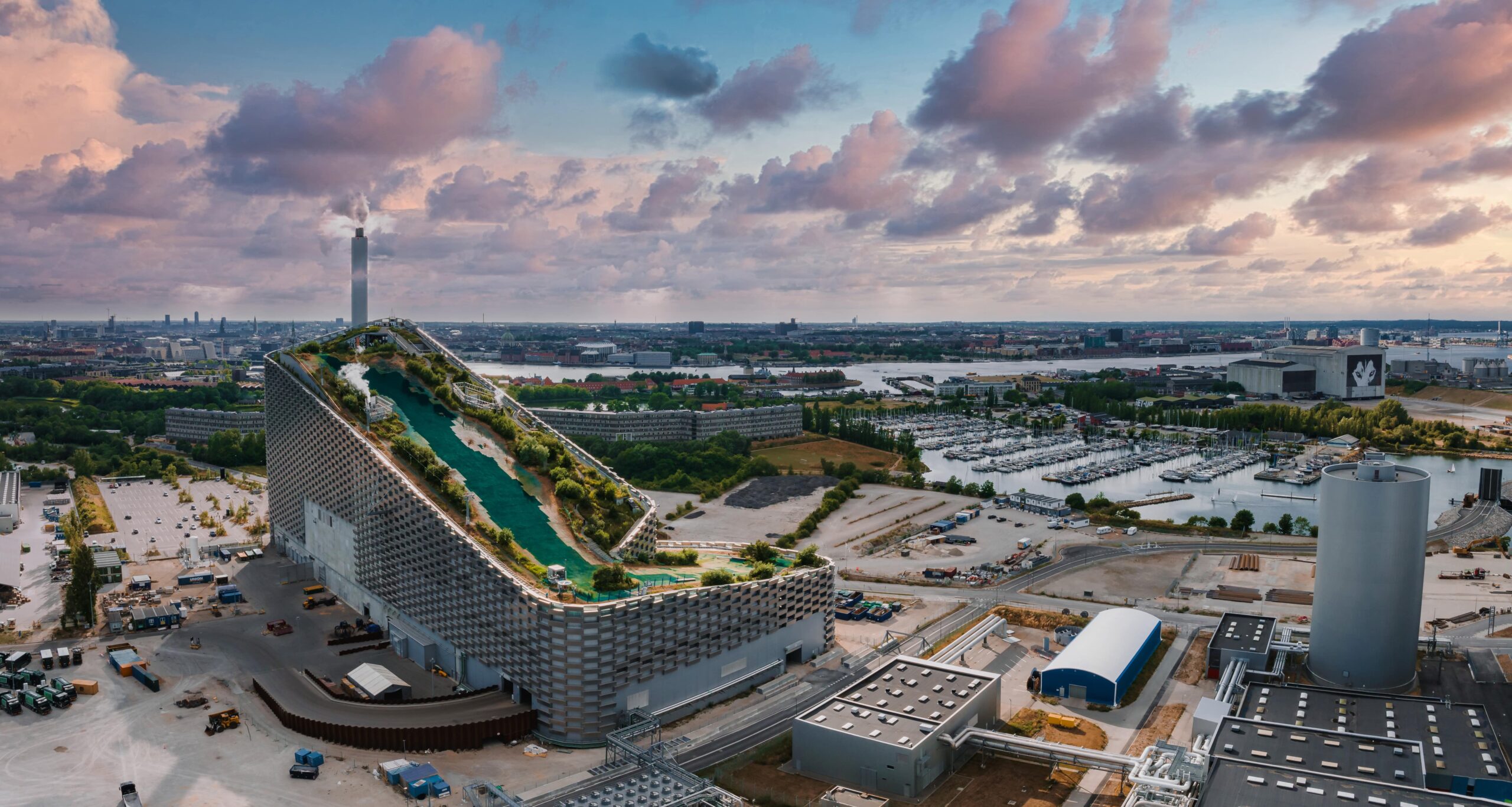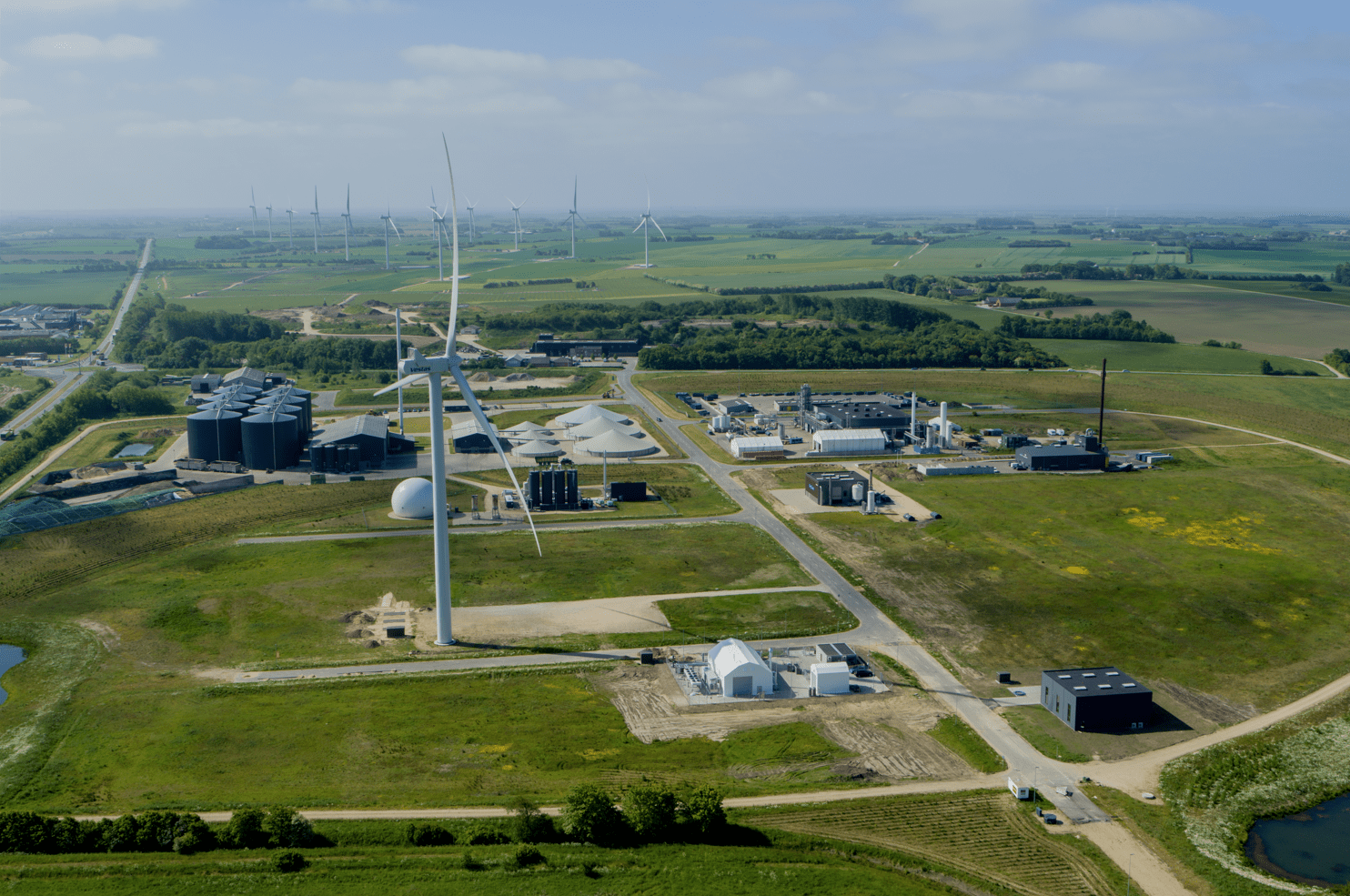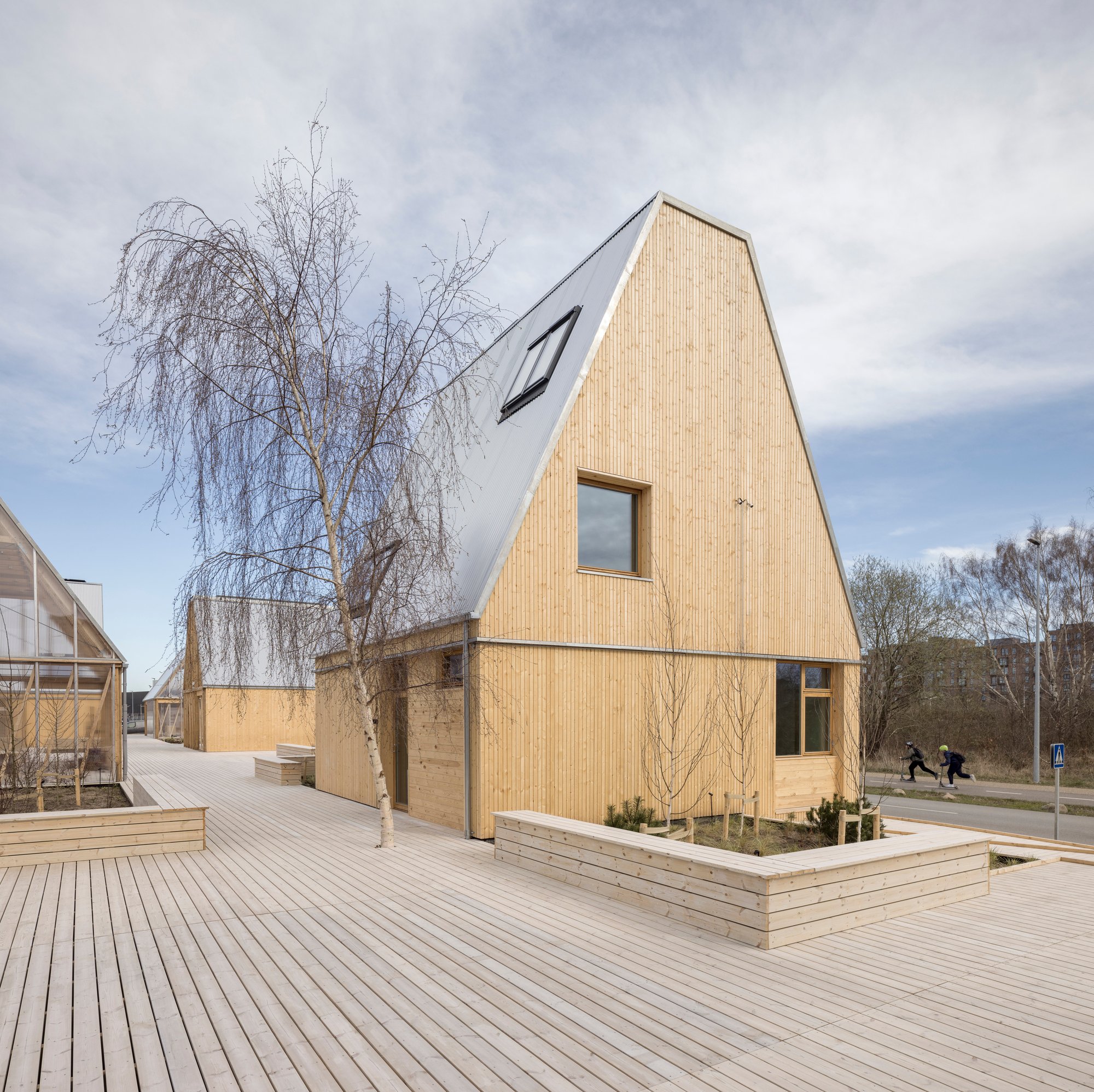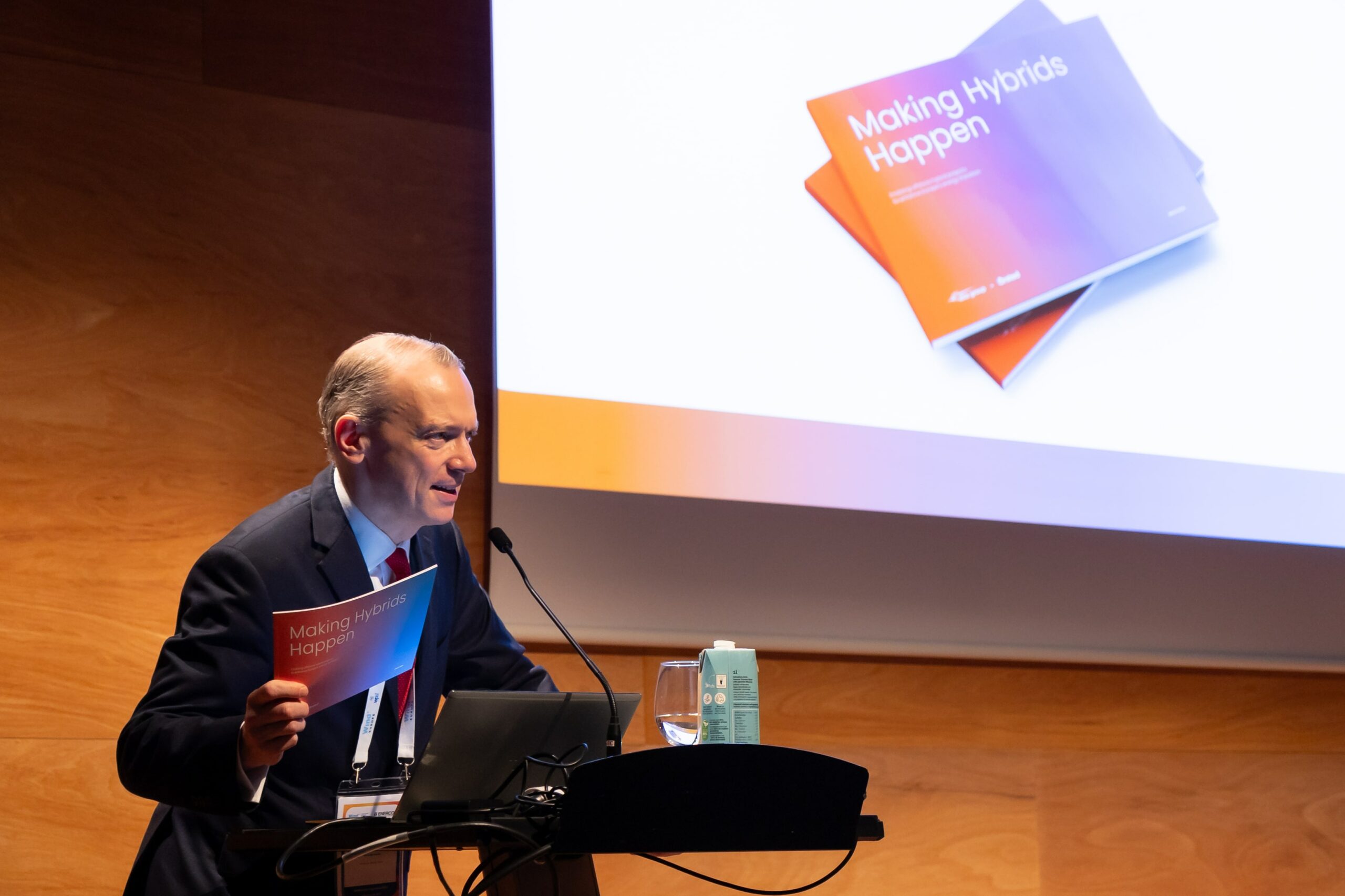News
Buildings
District cooling
District energy
+8
One of the world’s most advanced district energy systems developed with Ramboll’s assistance
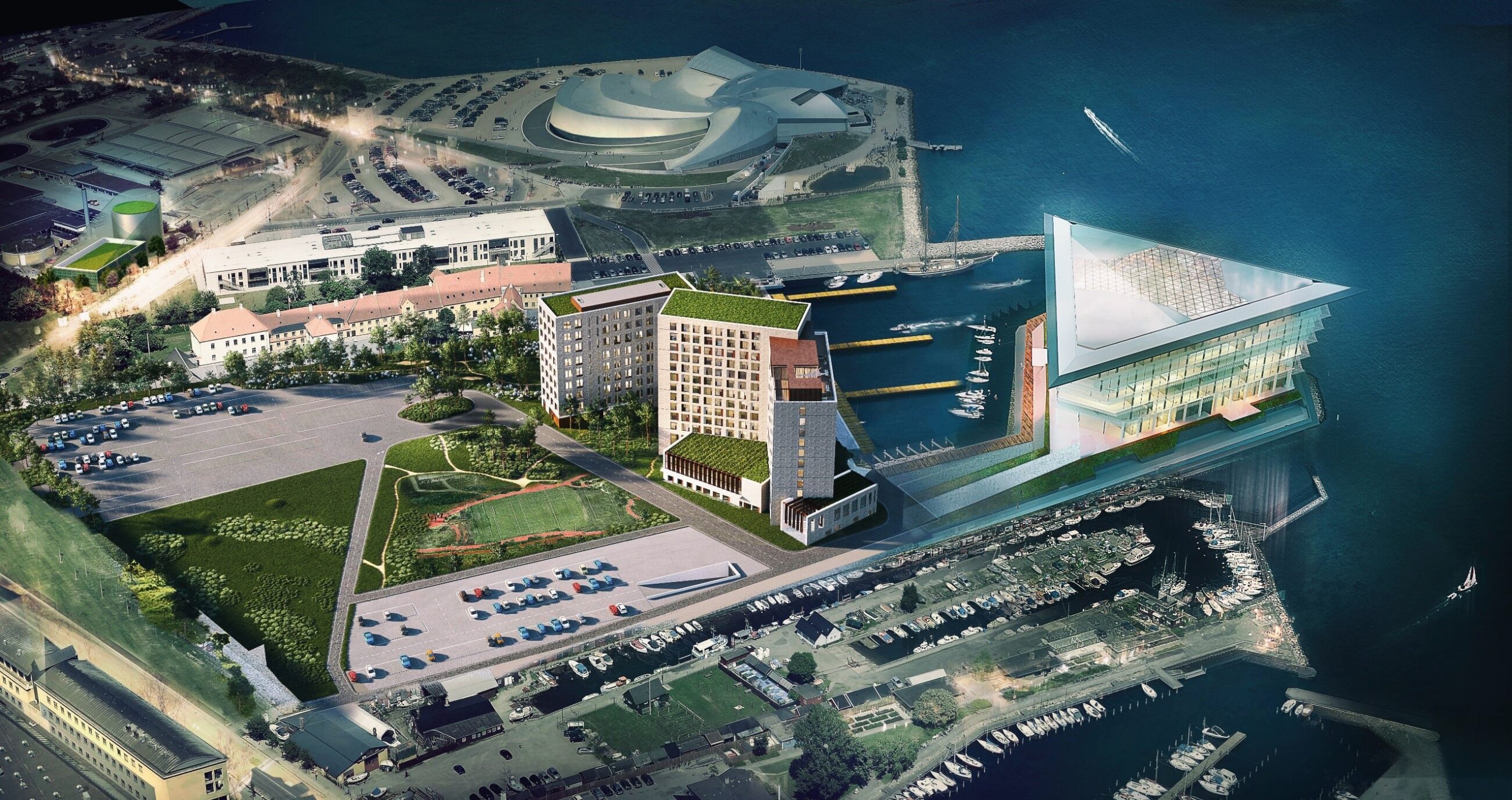

Denmark is well-known for championing sustainable initiatives, being cited globally as an example to follow when addressing questions related to the future of energy. In fact, Denmark seems to have grasped the formula for a sustainable and cost-effective approach to energy without compromising on economic growth and community development. Living up to the country’s standards, Ramboll has supported Taarnby Forsyning (TF) – a municipally-owned utility company – establishing one of the smartest and most advanced district heating and cooling systems in the world.
Ramboll performed:
- the assessment of the potential for the establishment of district cooling in Taarnby – a municipality with 43,000 inhabitants in the suburban area of Copenhagen
- a business plan, and
- a feasibility study for the project.
The business plan highlighted:
- the profitability of establishing a district cooling system based on central large-scale electric heat pump installation and a chilled water storage tank.
- the benefits in using a heat pump in combination with ground source cooling and waste water.
This approach reflects the cost-effective synergy between district heating and district cooling through the co-production of heating and cooling. Moreover, the heat pump installation and the storage tank can be established at the waste water treatment plant and be connected to the high voltage grid, constituting an additional synergy.
Based on this assessment, TF subsequently decided to establish a new district cooling business unit that will service the new urban development area, located north of Copenhagen Airport (CPH).
Smart cities are made of smart solutions
Considering the different demands and resource availability during summer and winter time, a solution was found to optimise the efficiency and cost-effectiveness of the system.
The solution includes:
- the use of the surplus cooling capacity of the heat pump to cool the waste water and generate heat since the heat production from combined heating and cooling is limited during winter.
- a ground source cooling that will be established as base load for cooling in the summer, while the heated ground water will supplement the heat from the waste water during winter, since the production cost of heat in the summer is low in the heat transmission system.
The new cooling unit comes to complement the existing district heating system, which produces energy cost-effectively based on cogeneration (CHP), residential waste and natural gas, covering around 60% of the total heat demand for large buildings in the municipality, including Copenhagen Airport.
Effectively, the project adds:
- district cooling, waste water and ground water as components of the existing integrated energy system in Copenhagen.
- a heat pump installation, 4,5 MW cold and 6,5 MW heat, which is simultaneously connected to a 2000 m3 cold water tank, ground source cooling and the district heating system, and allows for the optimisation of energy production taking into account the electricity prices, as well as the alternative heat production costs of all plants producing heat for the Greater Copenhagen district heating system.
- a cost-effective integration and optimisation in terms of electricity prices, as well as environmental benefits, such as the reduction of pollution levels in the new urban development and sea water temperature, among others.
In essence, this project demonstrates how smart cities are built on smart solutions that promote the synergy between energy and the environment while benefiting the local community.
“We believe that this project will inspire politicians and energy experts from communities and campuses from all over the world, both for the unique synergies between sectors and for the concept of a local community-owned multi-utility serving the interest of the energy consumers. It has already been adopted as one of our case studies presented at international conferences and in the IEA Annex73 project for energy solutions for resilient low carbon communities,” says Anders Dyrelund, Ramboll.
Ramboll has been a trusted consultant for TF since 1980. Over the years, we have assisted TF with several energy endeavours, encompassing all sorts of energy planning and district heating projects and now district cooling as well.
You should consider reading
events
Carbon capture, storage and utilisation
+4
CCUS Study Tour to Denmark
25 April 2024solutions
Energy efficiency in buildings
+2
